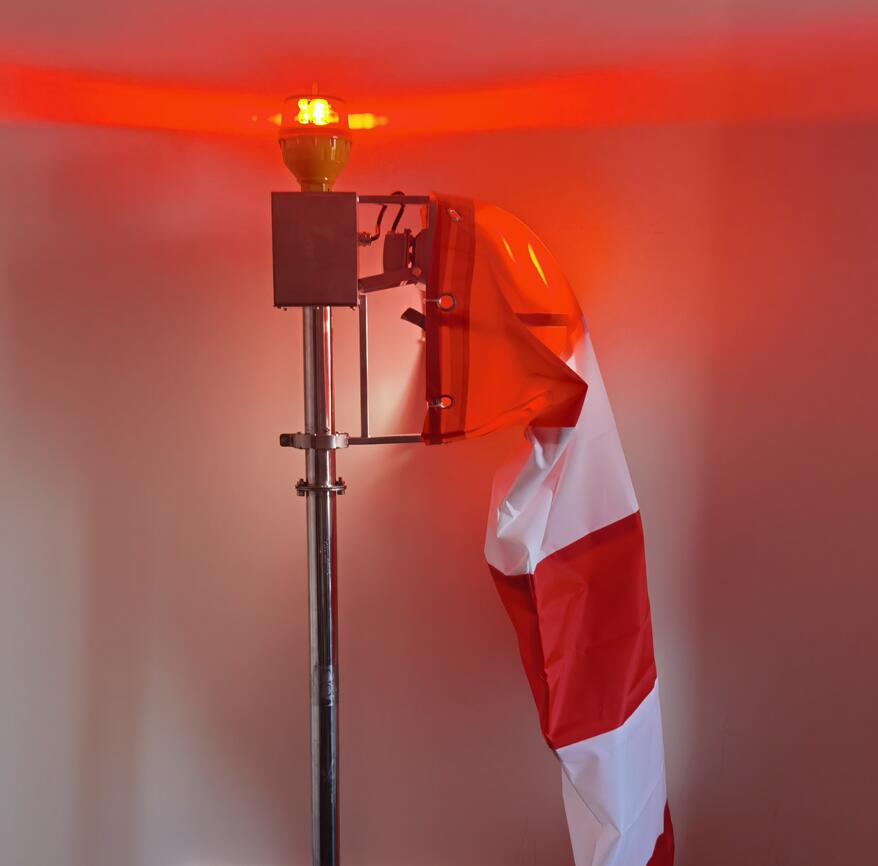
When you think about the critical components of an airport, your mind might immediately jump to control towers, runways, or even the aircraft themselves. However, there’s one humble yet indispensable tool that often goes unnoticed: the airport wind sock. These simple, cone-shaped devices play a vital role in ensuring the safety and efficiency of every flight. In this article, we’ll explore why airport wind socks are so important, how they work, and why they deserve more recognition.
What Are Airport Wind Socks?
Airport wind socks are fabric tubes shaped like cones, typically mounted on poles near runways. They are designed to indicate wind direction and speed, providing pilots with essential information during takeoff and landing. Made from durable, weather-resistant materials, wind socks are built to withstand harsh conditions while remaining highly visible.
Why Are Airport Wind Socks Crucial?
Wind Direction Guidance: Pilots rely on wind socks to determine the direction of the wind. Knowing the wind direction is critical for aligning the aircraft correctly during takeoff and landing, ensuring a smooth and safe operation.
Wind Speed Estimation: While not as precise as electronic instruments, wind socks can give pilots a rough idea of wind speed based on how fully the sock is extended. A fully inflated wind sock indicates strong winds, while a limp one suggests calm conditions.

Backup for Technology: Even in an era of advanced aviation technology, wind socks serve as a reliable backup. If electronic systems fail, these simple devices can still provide the necessary information to keep flights safe.
Cost-Effective Solution: Unlike high-tech equipment, wind socks are inexpensive to install and maintain. They require no power source and are incredibly durable, making them a practical choice for airports worldwide.
How Do Airport Wind Socks Work?
The design of airport wind socks is both simple and effective. The wider end of the cone is open to catch the wind, while the narrower end points in the direction the wind is blowing. The strength of the wind determines how much the sock inflates. For example:
A fully extended wind sock indicates winds of 15 knots or more.
A partially extended sock suggests moderate winds.
|
Airport wind socks |
Airport wind sock |